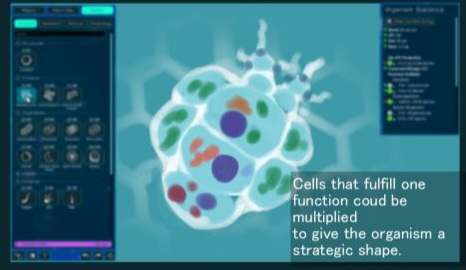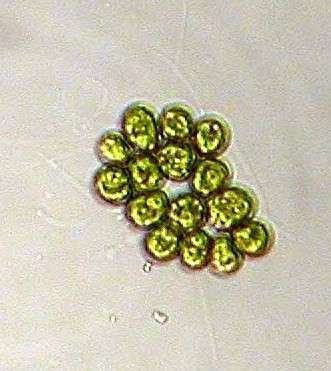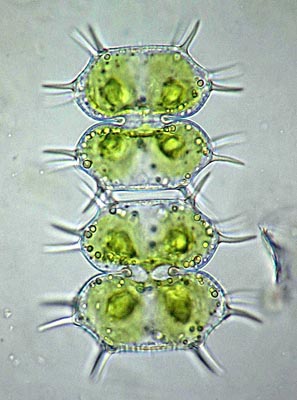I’m not sure if this has been implemented yet, but I’d guess it hasn’t.
One thing I remember from my multicellular runs on an older version was that my cells had sizeable gaps. Even when I created wall-cells to form a sort of skin, they weren’t particularly effective, as attacks could get through, and they could be easily separated. I suggested methods of solving this - such as a way to adjust the strength of cell connections, I believe - but I’m not sure what happened with them, as it’s only very recently that I could access the more updated Windows versions.
Running on this outdated knowledge, I’ve just conceived of a solution to a problem, the latter of which may no longer exist, and the former of which may have been implemented. This solution is to simply make the walls of cells contiguous. They connect together with no gaps, so that there’s no way to attack any cells that are behind other cells on all hexes. This would be awkward with cells of highly variant sizes, but that’s already awkward and probably needs a solution in and of itself.
The second thought is something that, similarly, is running on an outdated knowledge of the multicellular stage because I don’t want to spend an hour reaching it just to test this. This is the fact that it’s strategic to, before beginning to develop complex cell types, first develop a cell type which is empty. This saves MP. Say your stem cell serves 5 different functions (digestion, movement, metabolism, photosynthesis, and ammonia production, for the case of a hybrid predator/plant). If you create 5 cell types for each of these, it’ll be pretty difficult, as you’ll have to pay the MP costs for removing all the unneeded structures individually for each cell type, before adding in the desired structure to fill the cell. However, if you first create a dummy cell type that you don’t intend to use, you can delete the offensive structures in it, then duplicate that into the actually intended cell types, saving MP over time. I’m pretty sure this isn’t an intended behavior.
I don’t know how to fix it, though, if fixing is needed. One could make it cheaper to edit cell types and more expensive to place them, to shift MP costs such that this isn’t as useful of a trick. One could take the brutish method and force the player to actually use cell types they create. I don’t know. It seems like something to at least think about, whether or not it’s something that ultimately needs fixing.



